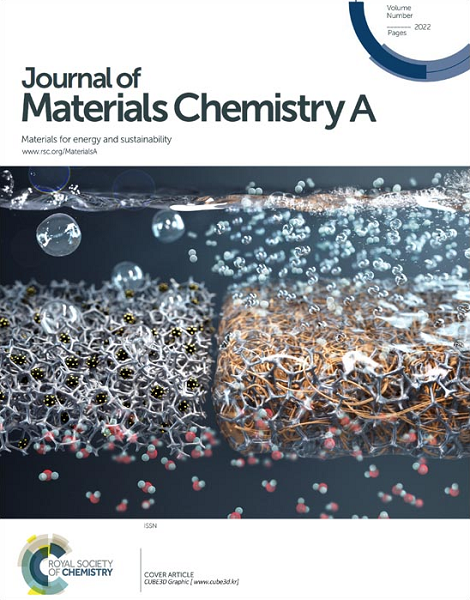Light stimulation enhanced detection of NO at ppb-level at room temperature using MoS₂/WSe₂/GaN heterostructure sensor
IF 10.7
2区 材料科学
Q1 CHEMISTRY, PHYSICAL
引用次数: 0
Abstract
With rapid technological advancement, there is a strong demand for developing efficient and precise gas sensing systems for monitoring toxic gases such as nitrogen oxides and ubiquitous pollutants from industrial and vehicular emissions. Conventional high-temperature-operated gas sensors always have disadvantages, such as high power consumption and even damage to the sensing materials. The present study focuses on the enhanced performance of room temperature gas sensors using light as a stimulus in the sensing mechanism. Recent advances in material science, nanotechnology, and device engineering have promoted gas-sensitive technology based on TMDCs and wide-bandgap semiconductors. The present study focuses on the fabrication of a molybdenum disulfide (MoS2)/tungsten diselenide (WSe2)/gallium nitride (GaN) heterostructure for enhanced NO detection. The performance was characterized by measuring its resistance to exposure to various NO concentrations with different light illuminations. The performance of the MoS2/WSe2/GaN sensor was more profound than that of the previously tested WSe2/GaN and MoS2/WSe2 sensors. Notably, upon illumination under ultraviolet light, its sensor performance increased with high photocurrent and faster response time. Concretely, at an excitation wavelength of 266 nm, a maximum relative sensor response of ~130% was achieved with a lower detection limit of 8 ppb with better response and recovery times of 8.56/12.82 secs. The test results indicate the sensor's strong selectivity to NO gas with long-term stability and repeatability. Therefore, these results show intriguing potential for real-time environmental monitoring and industrial safety by exploiting the unique properties of materials for high sensitivity, faster response, and endurance in the MoS2/WSe2/GaN heterostructure.求助全文
约1分钟内获得全文
求助全文
来源期刊

Journal of Materials Chemistry A
CHEMISTRY, PHYSICAL-ENERGY & FUELS
CiteScore
19.50
自引率
5.00%
发文量
1892
审稿时长
1.5 months
期刊介绍:
The Journal of Materials Chemistry A, B & C covers a wide range of high-quality studies in the field of materials chemistry, with each section focusing on specific applications of the materials studied. Journal of Materials Chemistry A emphasizes applications in energy and sustainability, including topics such as artificial photosynthesis, batteries, and fuel cells. Journal of Materials Chemistry B focuses on applications in biology and medicine, while Journal of Materials Chemistry C covers applications in optical, magnetic, and electronic devices. Example topic areas within the scope of Journal of Materials Chemistry A include catalysis, green/sustainable materials, sensors, and water treatment, among others.
 求助内容:
求助内容: 应助结果提醒方式:
应助结果提醒方式:


